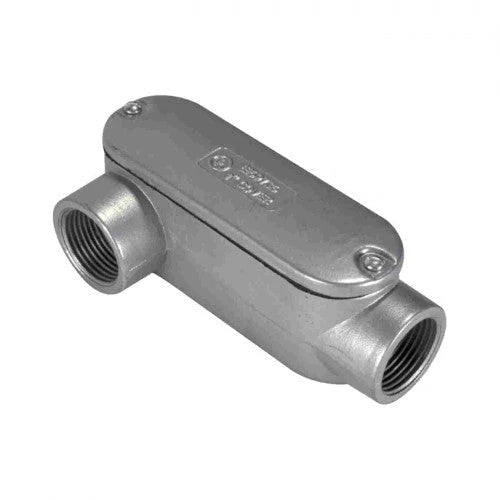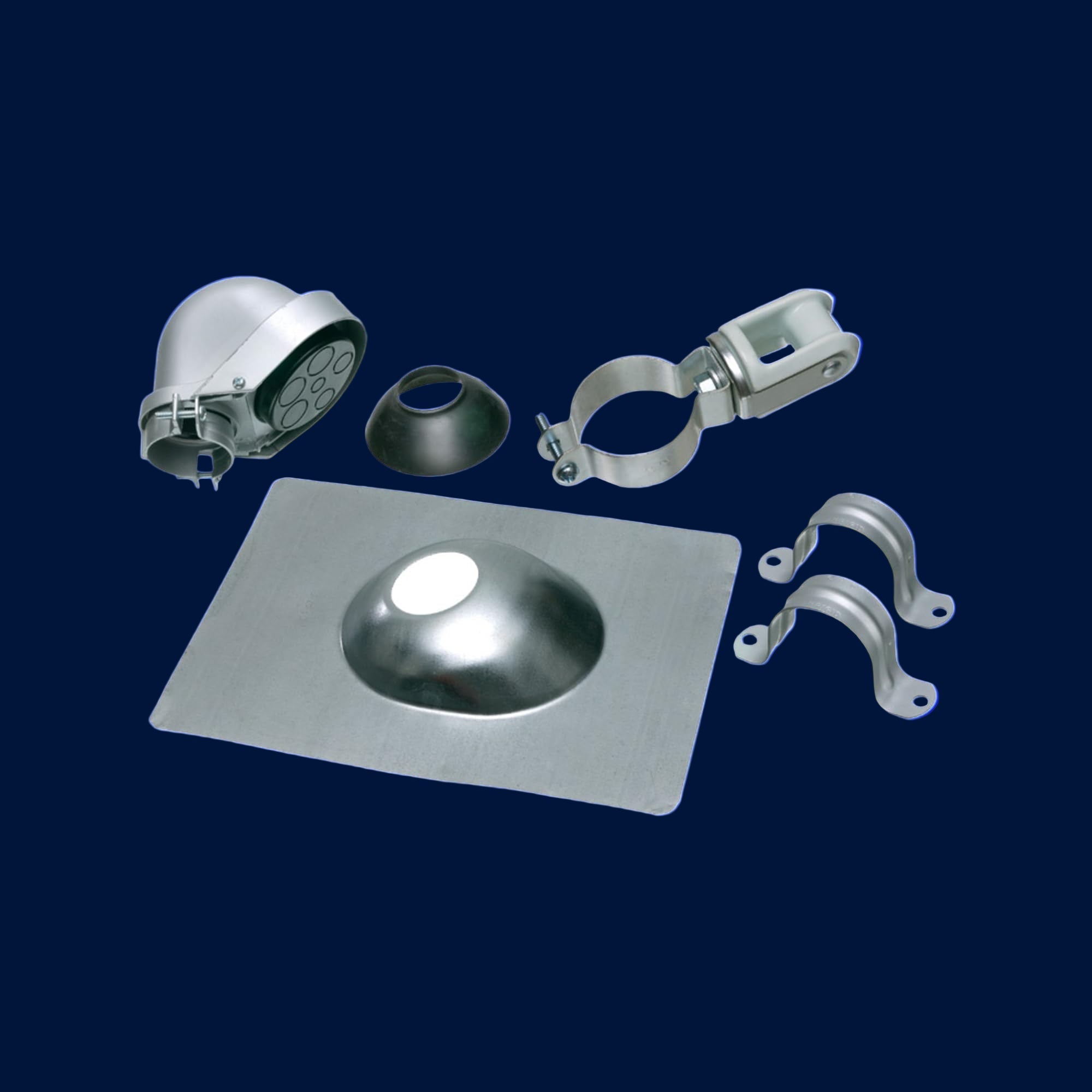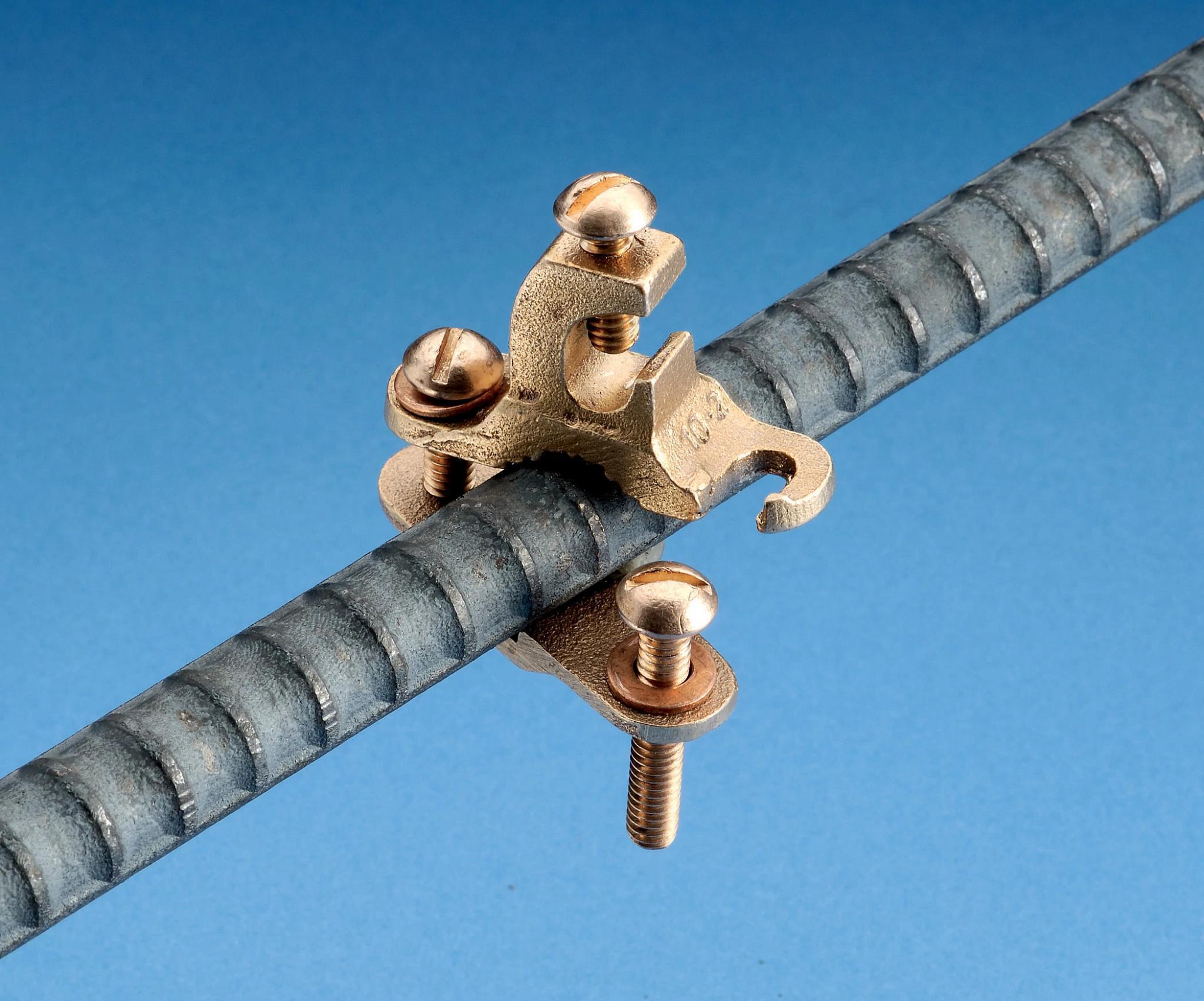Embarking on an electrical project can often feel like navigating through a labyrinth of choices, especially when it comes to selecting the right electrical conduit fittings. These small yet pivotal components play a critical role in safeguarding and organizing electrical wires, ensuring that the lifeblood of our modern conveniences flows safely behind the scenes. Whether you're outfitting a sprawling industrial complex or wiring a cozy corner of your home, the journey to finding the perfect conduit fittings is fraught with decisions on materials, types, and applications. But fear not—this guide is your compass, designed to illuminate the path through the dense forest of options. With an approach that's both informative and straightforward, we aim to transform what might seem like a daunting task into a manageable and even enjoyable adventure. Let's embark on this journey together, equipping you with the knowledge to confidently select the electrical conduit fittings that will best suit your project's needs.
Understanding Electrical Conduit Fittings
Electrical conduit fittings are specialized connectors and accessories used to join conduit sections together, to connect them to electrical boxes, or to attach them to other fixtures. They play a vital role in creating a secure and safe path for electrical wiring. Fittings come in various shapes, sizes, and materials, each designed for specific applications and environments.
The Importance of Choosing the Right Fittings
The right electrical conduit fittings not only protect wires from external damage but also prevent the risk of electrical fires by safeguarding against short circuits and ground faults. They facilitate repairs and upgrades by providing easy access to wires and contribute to the overall integrity and safety of the electrical system. Therefore, selecting appropriate fittings is as crucial as choosing the right type of conduit for your project.
Types of Electrical Conduit Fittings
There are numerous types of conduit fittings available, each serving different purposes. Understanding these will help you choose the ones best suited for your project.
Rigid and Flexible Conduit Fittings
Rigid Conduit Fittings are used with rigid metal conduits and PVC conduits. They are designed for permanent installations, offering robust protection in exposed or hazardous locations. These fittings are typically made from materials like steel, aluminum, or PVC and include elbows, couplings, connectors, and bushings.
Flexible Conduit Fittings are designed for use with flexible metal conduits (FMC) and liquid-tight flexible metal conduits (LFMC). They provide flexibility and protection in areas where rigid conduits cannot be used due to obstacles or where movement is expected. Fittings for flexible conduits include screw-in connectors, squeeze connectors, and snap-in connectors, which allow for easy and quick adjustments.
Conduit Bodies, Junction Boxes, and Pull Elbows
Conduit Bodies are fittings with a removable cover that allows access to the wires for pulling, splicing, and maintenance. They are available in various shapes (LB, LL, LR, T, and C) to accommodate different installation needs.
Junction Boxes are used to connect different sections of conduit and house wire splices. They come in various sizes and materials, suitable for different types of installations.
Pull Elbows are used when a conduit changes direction sharply and wire pulling is necessary. They provide an accessible point for pulling wires through a turn.
Material Considerations
Choosing the right material for your conduit fittings is essential for ensuring durability and compatibility with your installation environment. Metallic Fittings are durable and provide excellent protection. They are suitable for industrial and commercial applications, especially where physical damage is a concern. Non-metallic fittings are lightweight, corrosion-resistant, and ideal for wet or corrosive environments. They are commonly used in residential and light commercial settings. Composite Materials offer a blend of strength, flexibility, and corrosion resistance. They are an excellent choice for harsh environments and outdoor applications.
Installation and Compliance
Proper installation of electrical conduit fittings is crucial for the safety and functionality of your electrical system. Always follow manufacturer instructions and local electrical codes to ensure compliance and safety.
- Compliance with the National Electrical Code (NEC):
The NEC sets the standards for the safe installation of electrical wiring and equipment in the United States. Ensure that your fittings meet or exceed these standards.
- Professional Installation:
While some DIY enthusiasts may feel comfortable working on minor electrical projects, complex installations should be left to professionals. Licensed electricians have the expertise to choose the right fittings and install them safely.
Selecting the Right Fittings for Your Project
When selecting electrical conduit fittings, consider the following factors:
- Project Requirements: Understand the specific needs of your project. Consider the type of conduit, the environment (indoor or outdoor, wet or dry, hazardous or non-hazardous), and the level of flexibility or rigidity required.
- Quality and Durability: Opt for high-quality fittings from reputable manufacturers. High-quality fittings may cost more upfront but will ensure safety, reliability, and longevity.
- Compatibility: Ensure that the fittings are compatible with the type of conduit you are using. Mixing materials or types can lead to unsafe installations or failures.
Understanding these basics will empower you to make informed decisions when purchasing electrical conduit fittings. Remember, the safety and efficiency of your electrical installations hinge on the quality and appropriateness of the components you select.
This foundation sets the stage for a deeper exploration into specific fitting types, their applications, and advanced selection criteria. Stay tuned as we delve into more specialized topics, including innovative fittings solutions, installation tips, and troubleshooting common issues with electrical conduit fittings in the next section of this guide.
Continuing our comprehensive guide on electrical conduit fittings, let's delve deeper into advanced selection criteria, innovative solutions, and practical tips to help you navigate through the complexities of electrical installations. Our goal is to ensure you have the knowledge to select and use these critical components effectively, ensuring the safety and efficiency of your electrical systems.
Advanced Selection Criteria for Electrical Conduit Fittings
When it comes to selecting electrical conduit fittings, there are advanced criteria that can significantly impact the success of your installation. These include:
Environmental Protection
Electrical installations can be exposed to a wide range of environmental conditions, from moisture and water to dust and hazardous gases. It's essential to choose fittings that offer the appropriate level of protection. For outdoor installations or areas subject to water exposure, look for fittings rated as waterproof or weatherproof. In environments with dust or fine particles, dust-tight fittings can prevent accumulation that might impair functionality.
Mechanical Strength
In areas where physical damage is a concern, such as in industrial settings or exposed outdoor locations, the mechanical strength of your conduit fittings is paramount. Opt for fittings made from robust materials capable of withstanding impact, and consider additional protective measures such as conduit covers or reinforced designs.
Ease of Installation and Maintenance
The design of conduit fittings can greatly affect the ease of installation and future maintenance. Features such as snap-on or tool-free mechanisms can save time and labor costs. Additionally, fittings designed for easy access or with inspection windows can facilitate routine checks and maintenance, ensuring ongoing reliability and performance.
Compatibility with Advanced Technologies
As electrical systems evolve, incorporating smart technologies and automation, the choice of conduit fittings becomes even more critical. Ensure the fittings you select are compatible with the advanced wiring and connectivity requirements of smart systems. This may include considerations for data transmission capabilities, electromagnetic interference shielding, and the integration of power and data cabling.
Innovative Solutions in Electrical Conduit Fittings
The market for electrical conduit fittings is continuously evolving, with innovations that offer improved safety, efficiency, and ease of use. Some notable advancements include:
- Modular Fittings: These allow for customizable configurations, adapting to complex installations or future expansions without the need for complete system overhauls.
- Hybrid Materials: Combining the benefits of metallic and non-metallic materials, hybrid fittings offer superior durability, flexibility, and corrosion resistance, suitable for a wide range of applications.
- Smart Fittings: With the rise of smart buildings, some fittings now incorporate sensors or connectivity features, enabling remote monitoring and management of electrical systems.
Practical Tips for Troubleshooting Common Issues
Even with the best planning, issues can arise with electrical conduit fittings. Here are some practical tips for troubleshooting common problems:
- Loose Connections:
Regularly inspect fittings for tightness and security. Loose fittings can lead to exposed wires or connectivity issues. If a fitting becomes loose, tighten it according to the manufacturer's specifications, taking care not to strip or damage the threads.
- Corrosion:
For installations in corrosive environments, inspect fittings periodically for signs of corrosion. If corrosion is detected, replace the affected fittings with corrosion-resistant models suited to the environment.
- Water Ingress:
If water penetration is an issue, check the integrity of seals and gaskets on outdoor or wet area fittings. Make sure all fittings are correctly installed and rated for the specific environmental conditions.
How Sonic Electric Can Help
At Sonic Electric, we understand the challenges and complexities involved in selecting and installing electrical conduit fittings. Our expertise and wide range of services are designed to support you at every step of your electrical project:
- Comprehensive Product Range:
We offer an extensive selection of electrical conduit fittings, including the latest innovations and specialized solutions for every application. Whether you're working on a residential, commercial, or industrial project, you'll find the right fittings in our catalog.
- Expert Advice:
Our team of experienced professionals is here to provide you with expert advice and recommendations tailored to your specific needs and project requirements. We can help you navigate through the selection process, ensuring you choose the most appropriate and cost-effective fittings.
- Installation Services:
For those who require assistance with installation, our skilled electricians are available to ensure your electrical systems are installed safely, efficiently, and in compliance with all relevant codes and standards.
In the intricate dance of electrons that powers our world, electrical conduit fittings play the unsung heroes, guiding and protecting with silent diligence. As you stand at the precipice of your project, armed with knowledge and insight, remember that the journey through the realm of electrical infrastructure is a path of precision, safety, and careful planning. With Sonic Electric by your side, you're not just choosing fittings; you're crafting the veins of vitality for your space, ensuring that every flick of a switch or turn of a device is met with the silent, steadfast assurance of quality and care. We're not just suppliers; we're your partners in illumination, dedicated to lighting up your project's success with every piece we provide. As you move forward, let the light of confidence guide you, knowing that together, we'll create not just circuits, but connections that last a lifetime.






Share:
Types Of Electrical Connectors For Various Wiring Needs
Buyers' Guide To The Best Outdoor LED Lighting For Every Yard